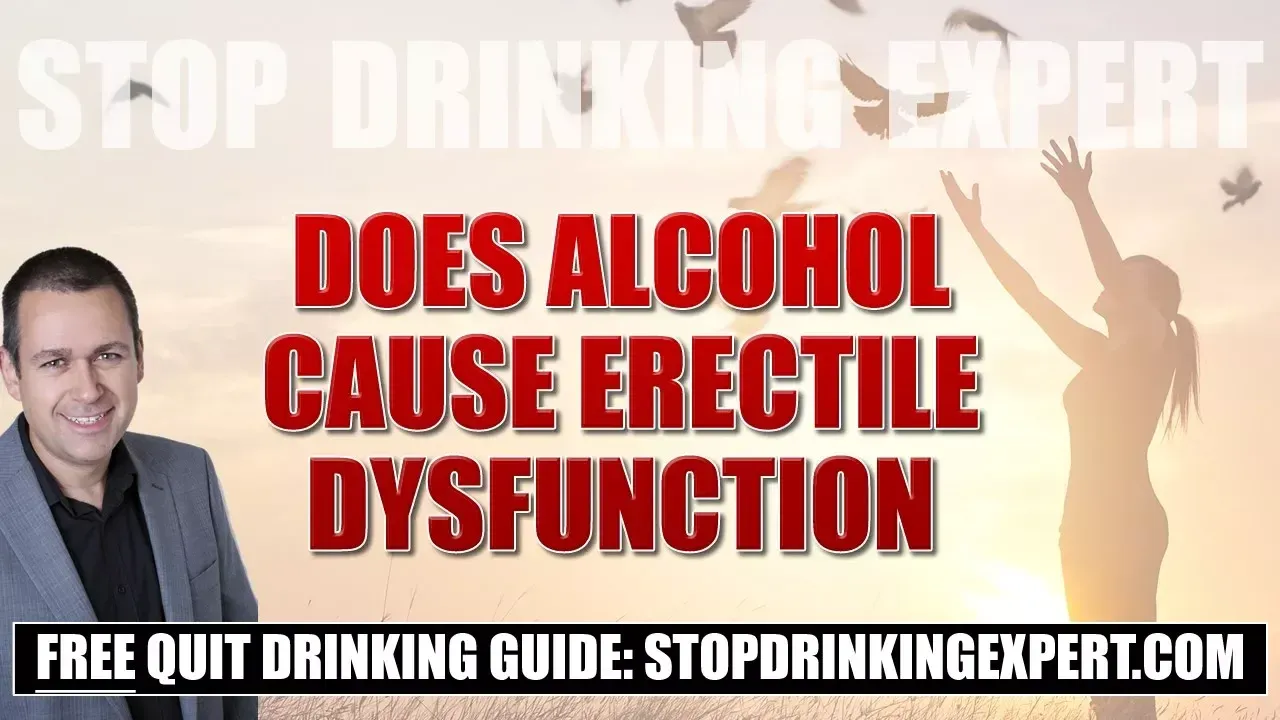The Cost Of Drinking On Society Is Much Bigger Than You Imagine
Dec 15, 2022
The Cost Of Drinking On Society Is Much Bigger Than You Imagine
Drinking has taken a principal function in numerous human societies since 5000 BC.
In numerous societies worldwide drinking alcohol is primarily a community event with particular and assigned places for alcohol consumption. Folks consume alcohol to mark significant personal occasions in addition to day-to-day affairs, leisure, and entertainment.
Numerous civilizations might have extremely different mindsets, opinions, standards, and problems with alcohol addiction and this is shown in the habits of their consumers.
Drinking is a part of society
In Traditional western cultures, opinions on drinking are sporadic and in some cases unfavorable and for that reason, drinking is connected with issues like anti-social and savage behavior. In a few places in Europe and the Mediterranean drinking is looked at a relaxing hobby and seen as a benefit to life.
These kinds of nations have the tendency to display a considerably lower occurrence of alcohol-related social issues. However, alcohol-related concerns are connected with significant alcohol consumption in every society. Generally, most individuals drink alcohol in small amounts.
Health and wellness concern of alcohol use
Alcohol-related accidents represent a considerable percentage of total loss of life and illness. Worldwide, 3.7% of fatalities (2.1 million mortalities yearly) and 4.4% of the overall strain of illness are derivable to alcohol use. In Australia, drinking is accountable for 3.3% of the overall blame for illness and accident.
There are significant sex distinctions; amongst females, 1.6% of the illness problem is attributable to drinking compared with 4.9% of the illness problem among males.
Alcohol use is the 2nd major reason for an avoidable loss of life and disease in Australia. From 1992-2001, 31,000 mortalities were credited to an excessive amount of alcohol use. From 1993-2001 over half a million clinic stays were connected with alcohol use.
Half a million drinkers in hospital
This number includes stays for therapy of persistent alcohol-related health problems, however countless were emergency unit demonstrations for alcohol-related accidents.
People who drink 8 regular alcoholic beverages every day have a 35-40 fold raised lifespan danger of hospitalization for an alcohol-related accident compared with folks who consume no greater than 8 regular alcoholic beverages a year. It is essential to keep in mind that irregular binge drinking also brings a significant danger of harm.
Alcohol-related loss of life
Alcohol-related loss of life is a considerable social wellness problem in Australia. The threat of loss of life from alcohol-related accident continues to be under 1% among males and females who never drink greater than 2 alcoholic beverages in a single sitting. Each beverage over this continues to raise the danger.
Alcohol-related loss of life with males
Alcohol imageThere are considerable gender-specific distinctions connected with an alcohol-related loss of life. In males, the threat of mortality from an accident is higher than the danger of death from persistent alcohol-related illness.
For instance, a male who drinks 8 regular drinks each day has a 15 in 100 possibilities of dying from any alcohol-related reason in his lifespan. This incorporates a 5% possibility of loss of life connected with long-term alcohol-related health problems and a 10% possibility of an alcohol-related accident.
Alcohol-related loss of life with females
Females, however, are more likely to encounter illness resulting in loss of life from long-term alcohol-related disorders rather than abrupt personal injury. A female consuming 8 regular beverages every day has a 14% possibility of alcohol-related loss of life; she has an 8.5% threat of dying from a long-term health problem and a 5.5% possibility of loss of life from an alcohol-related accident.
Alcohol-related loss of life with the adolescent
Passing away while drunk is an especially considerable issue among youths. Among 14-17 years of age Australians, 13% of the loss of lives are alcohol-related. Every week a teenager passes away from an alcohol-related reason and an additional 60 are hospitalized.
Alcohol-related loss of life among Indigenous Populations
Mortalities from alcohol-related reasons are doubled among the indigenous people of Australia compared with what we see in the non-indigenous communities. Suicide is an especially visible reason for an alcohol-related loss of life within this community.
Community strain of alcohol use
If drunk to excess, booze can impact all areas of an individual's lifestyle, in addition to the lives of their friends and family. Individual relationships may be subjected to disagreements over alcohol consumption that may result in recurring friction and separation.
There are also unfavorable repercussions in the work environment developing from inadequate performance, mishaps, and absence due to drinking. For some, drinking alcohol in excess may result in judicial issues due to anti-social and violent behavior or the loss of their driving permit.
Absence and forfeited efficiency at the workplace
In Australia, an approximated 2.7 million forfeited work days yearly are attributable to employees' alcohol use. Over half the working days lost were credited to the binge consumption of alcohol.
The cost of alcohol-related employee absence is, in fact, higher than this if lost performance in the workplace is also taken into consideration. If a person has drunk more alcohol than their system can metabolize before they start work or college, they might still be drunk the following day and efficiency is very likely to be impacted.
Reduced quality of life
Alcohol use is also connected with noise pollution, physical violence, offending behavior, criminal damage and casual criminal activity and drunk driving; all of which may decrease the quality of life for everyone in the social circle of the drinker.
These elements are connected with community apprehension and probably their existence decreases the quality of life of the impacted men and women. Additionally, these aspects considerably add to the costs of welfare and law enforcement services.
Criminal activity
There is an association between being drunk and being either an offender or target of criminal activity (e.g. burglary) in younger alcohol users. Reports have stated that younger alcohol users are more prone to carry knives and take part in brawls but the explanation for this is not known.
There is also documentation that people drink alcohol so as to ready themselves for violent experiences. The tie-up may also be interfered with by the propensity of gangs to participate in both alcohol use and physical violence.
Economic strain of alcohol use
- The decrease in labor in the workforce because of reduced performance and absence ($ 3.6 billion dollars);.
- Sudden death, illness and owing labor expenses (over $3.5 billion dollars);.
- Health care expenses including clinical, medical facility, nursing homes, drugs, ambulances, and road collisions ($ 2 billion dollars); and.
- Criminal activity rates including fees for law enforcement, criminal law courts, jails, residential or commercial property destruction, insurance management and work productivity of prisoners (1.4 billion dollars).
- The ancillary costs for the same time frame totaled up to almost $4.5 billion dollars. The secondary costs incorporated those for death, discomfort, and stress.
The overall cultural price of alcohol consumption in Australia in 2004 and 2005 was $15.3 billion dollars.
Treatments for unfavorable alcohol-related repercussions.
The Australian authorities carry out alcohol treatment solutions developed to destroy the pattern of adverse alcohol-related consequences. Culture, age, and socioeconomic standing may impact which drinking treatment methods succeed.
For instance, if the authorities kick off an ad campaign to focus on adolescent binge consumption it might be more efficient to present the pressing adverse impacts of binge drinking, like automobile crashes, rather than the prolonged consequences, like liver failure, due to the fact that this is less likely to discourage a teen from binge consumption.
There is documentation to indicate that executing even slight interventions might considerably decrease the community strain of booze in Australia. Instances of these intercessions consist of:
- Greater alcohol tax.
- Prohibition of alcohol marketing.
- Reducing the allowed blood alcohol limitation for motorists.
- Higher enforcement of random breath testing; and.
- Embedding higher public wellness tactics on the standards for low-risk alcohol consumption and regular alcoholic beverages.
Ready to quit drinking?
More and more people are looking to dump wine-o-clock from their life. Despite what you may think, quitting drinking does not have to be difficult or painful.
Craig Beck, The Stop Drinking Expert has helped over 50,000 people to quit drinking safely, quickly and easily.
Click here for more information.






